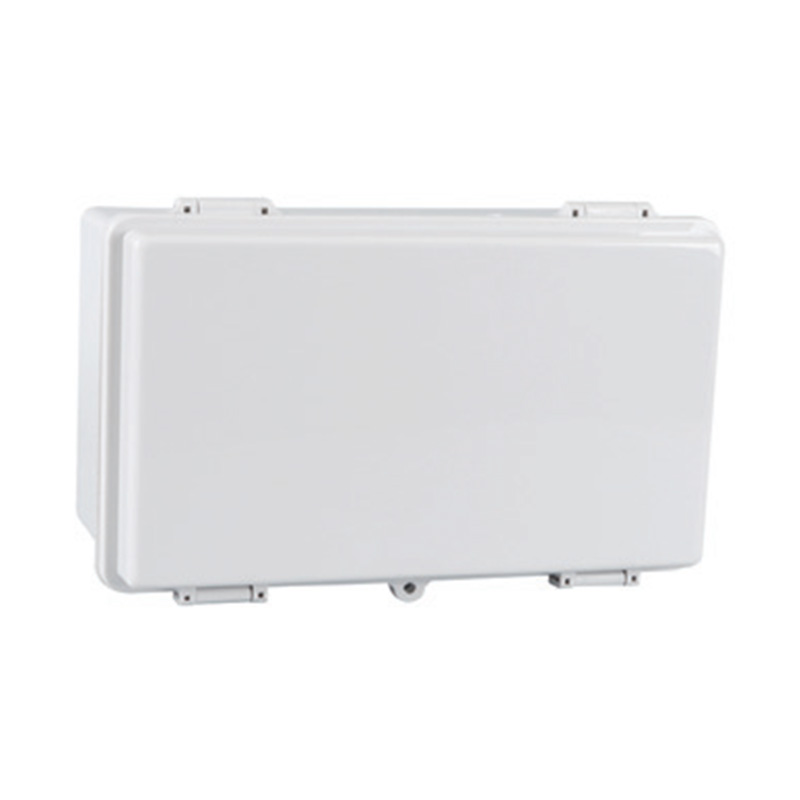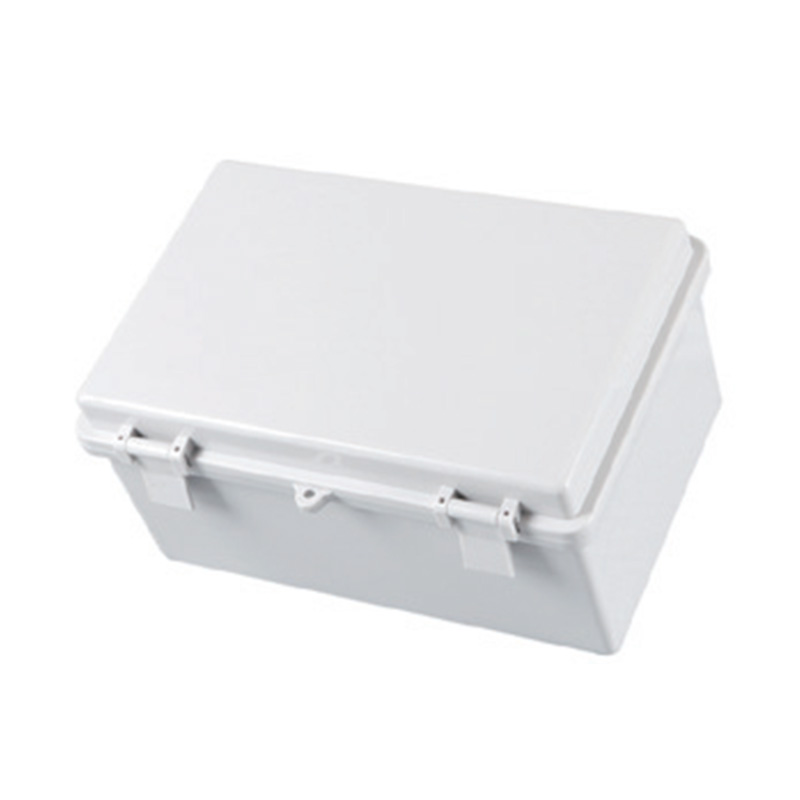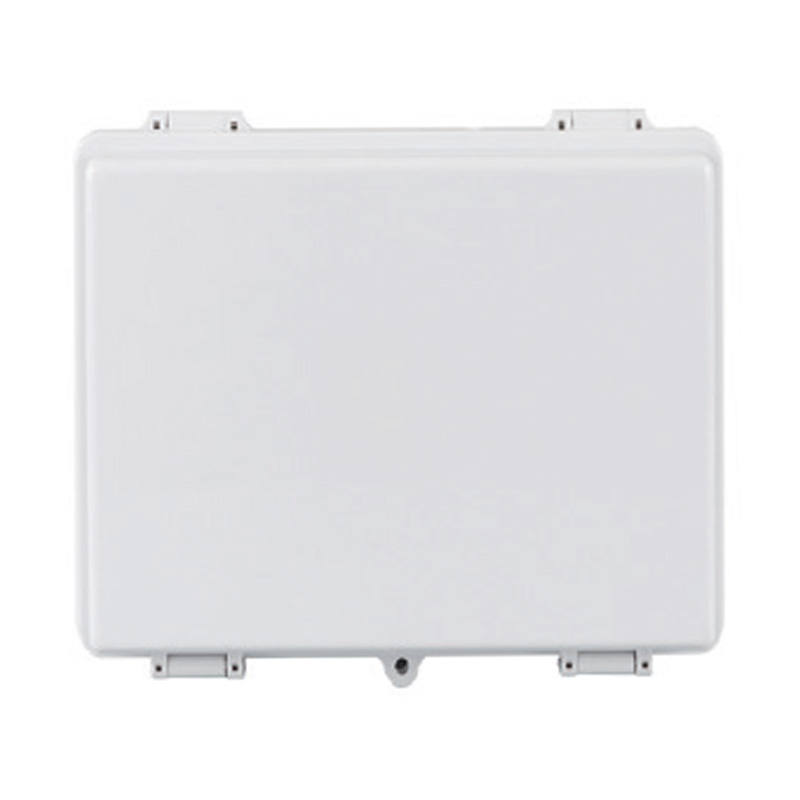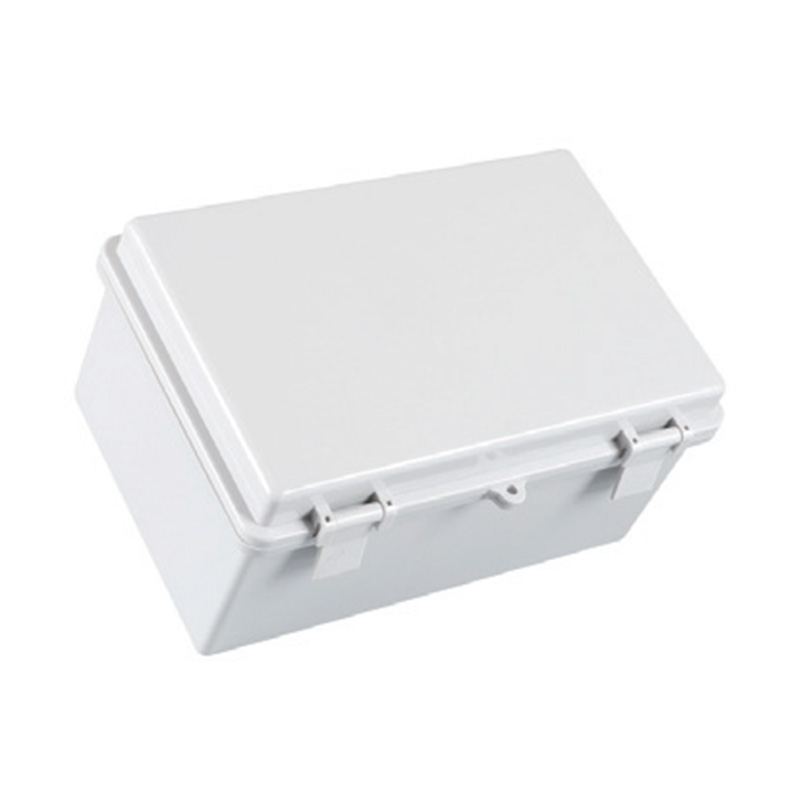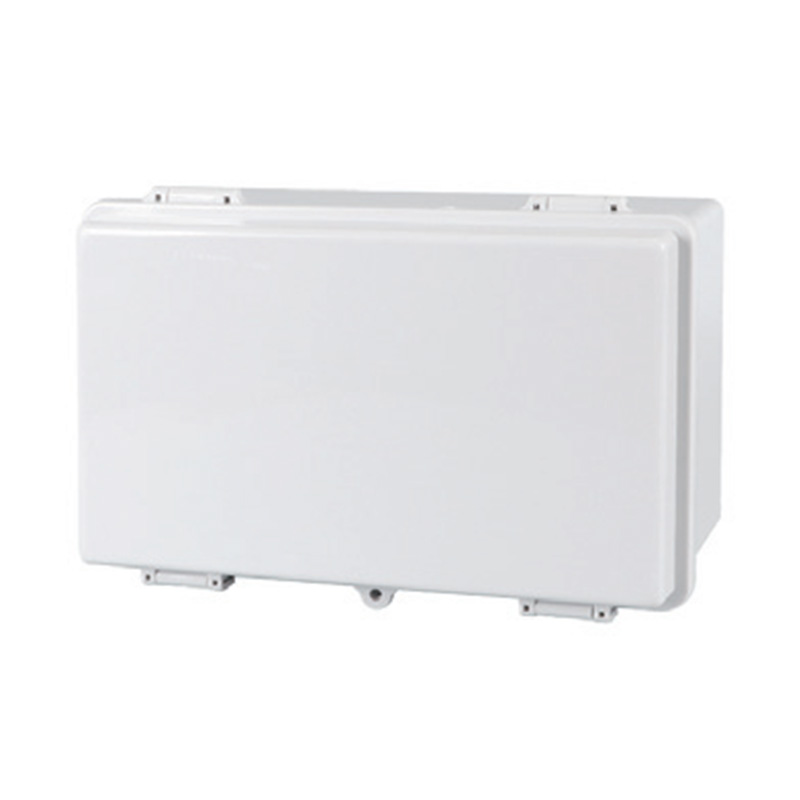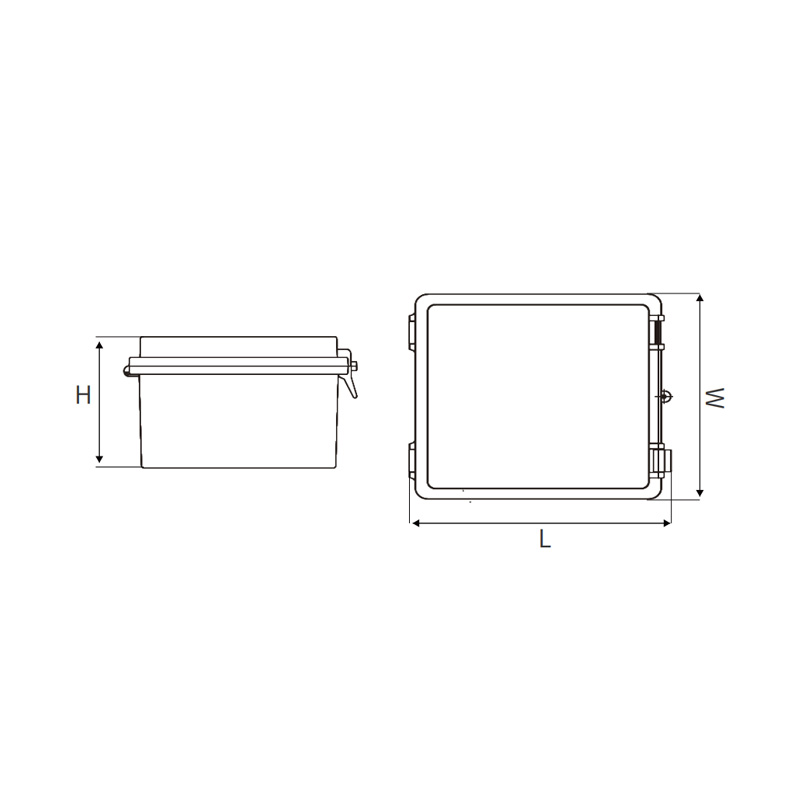Understanding and selecting the correct IP rating is essential when choosing a Waterproof Junction Box or Waterproof Distribution Box. It ensures safety, reliability, and long-term...
READ MORE-
-
Outdoor electrical installations face unique challenges that require specialized components to ensure their reliability and safety. Among the more important components are metal ca...
READ MORE -
Durability is a key factor when designing and maintaining electrical systems. With so many environmental challenges that electrical installations face—such as excessive temperature...
READ MORE -
Safety compliance is not just about adhering to regulations; it’s about protecting people, equipment, and infrastructure from the risks of electrical hazards. Electrical fires, sho...
READ MORE
Industry Knowledge Extension
How Do JBG Series Plastic Hasp Boxes Compare to Other Enclosures?
Selecting the right enclosure for electrical components requires a careful balance of security, environmental protection, and cost. The JBG series of plastic hasp-style waterproof boxes offers a distinct set of characteristics that differentiates it from other common types of enclosures, such as standard latch boxes and metal boxes. A comparison reveals the specific scenarios where each type excels.
The primary advantage of the JBG-style hasp box is its combination of security and environmental sealing. The hasp allows for the use of a padlock, providing a higher level of security against unauthorized access compared to simple snap-latch boxes, which can be pried open more easily. Furthermore, when paired with a robust gasket, this design often achieves high IP ratings (e.g., IP65 or IP66), effectively keeping out dust and moisture. This makes it ideal for protecting valuable or critical connections in accessible outdoor locations, such as irrigation controls, landscape lighting hubs, or remote sensor connections.
In contrast, standard plastic snap-latch boxes are typically less expensive and easier to open quickly for frequent access, but they offer less security and can sometimes have slightly inferior sealing over time as the latch mechanism wears. Metal enclosures, whether stainless steel or aluminum, offer physical strength and heat dissipation for high-load applications but are susceptible to corrosion in highly corrosive environments (unless made from expensive stainless steel) and are generally more costly than their plastic counterparts.
|
Feature |
JBG-Style Hasp Box |
Standard Snap-Latch Box |
Metal Enclosure (e.g., Steel) |
|
Security |
High (Padlockable) |
Low to Medium |
Very High (Often requires tools) |
|
Weather Resistance |
High (IP65/IP66) |
Good (IP54/IP65) |
Good (Dependent on gasket) |
|
Durability |
Good impact resistance |
Good impact resistance |
physical strength |
|
Corrosion Resistance |
Good |
Good |
Poor (without coating or SS) |
|
Better For |
Secure outdoor connections |
Indoor/Protected outdoor use |
High-temperature, high-vandalism areas |
What is an Outdoor Electrical Junction Box and Why Do I Need One?
An outdoor electrical junction box is a protective enclosure designed specifically to house electrical connections, terminals, and devices in exterior environments. Unlike indoor boxes, they are engineered to withstand a constant assault from the elements, including rain, snow, UV radiation, temperature, and physical impact. They are a critical component in any exterior electrical system, serving two primary functions: safety and protection.
The important reason for using one is safety. Electrical connections, such as wire splices, are potential points of failure that can arc, spark, or overheat. By containing these connections within a sealed, non-conductive box, the risk of accidental human contact with live parts is eliminated. This containment also prevents a fault from starting an electrical fire or causing a dangerous short circuit, especially when moisture is present.
The crucial function is environmental protection. An outdoor junction box safeguards its contents from weather-related damage. It uses features like gasketed seals, waterproof cable entry ports (glands), and UV-stabilized materials to create a barrier against moisture and dust. Without this protection, water ingress would corrosion on terminals and wires, poor connections, increased resistance, and eventual system failure. Furthermore, the sturdy construction shields sensitive components from physical damage and dirt, ensuring the long-term reliability and performance of the electrical system. In essence, it is an indispensable investment in the safety, durability, and functionality of any outdoor electrical installation.
What is the Maintenance and Inspection of Plastic Junction Boxes?
While plastic junction boxes are renowned for their durability and corrosion resistance, they are not maintenance-free items. A proactive regimen of inspection and care is essential to ensure they continue to provide reliable protection for years. This process involves checking both the physical integrity of the box and the condition of its internal components.
The aspect of maintenance is a regular visual and physical inspection. This should be conducted annually or biannually, depending on the exposure to harsh conditions. Look for any signs of cracking, brittleness, or discoloration in the plastic, which can be caused by prolonged UV exposure or physical impact. Check that the lid or door seals are still pliable and not cracked, flattened, or torn. The lid fasteners, hinges, and hasps should be examined to ensure they are secure and functioning correctly, and any signs of rust on metal components should be addressed.
The critical step is inspecting the internal contents and seals. Power must be safely disconnected before opening the box. Once open, check for any signs of moisture, condensation, dirt, or insect infestation inside. Inspect all cable glands to ensure they are tightened properly and that the seals are gripping the cables firmly without being over-tightened. Examine the electrical connections themselves for any signs of corrosion, overheating (such as melting or discoloration), or loose wires. When reassembling, carefully clean the gasket and the seating surface to remove any debris that could compromise the seal, and ensure the lid is closed evenly and fastened securely. This simple but thorough process ensures the ongoing integrity of the enclosure and the safety of the electrical system it protects.


 English
English 中文简体
中文简体 Español
Español عربى
عربى

